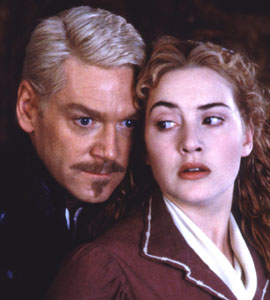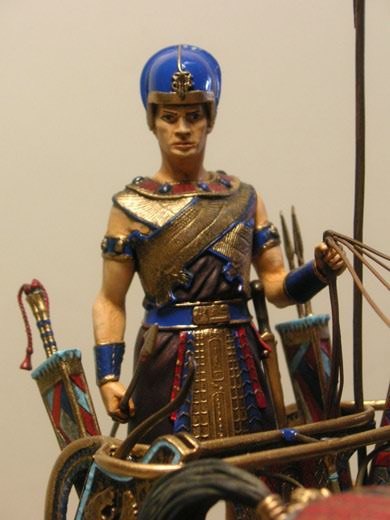
http://portrait.kaar.at/USA%202/images/abraham_lincoln-1.jpg
It took reading through this poem a few times for me to understand it. At first I was getting lost in the different parts of it. There were lilacs, death's song, a coffin, a western star, a battle scene, and a singing bird. Once I read the little commentary that followed the poem that said it was about the death of Abraham Lincoln it became much more clear. What I like about the poem is what caused my confusion early on. I like how Whitman uses his description as a way to build an atmosphere; the mood is established through snippets of one scene and snatches of another. It is a poetic montage. The first image is that of the lilacs in the yard. This established the setting of late spring and a neighborhood setting. These symbolize the time of Lincoln's death in April and the neighborhood bonding that the nation experienced following his death. Later he uses spurts of emotional passages to express the feelings of mourning. The repetition of phrases helps convey that pouring of emotions: "O powerful...O shades...O great...O cruel...O harsh".

http://teleflora.edgesuite.net/images/vendors/00005557/giftguides/meaning/rose.jpg
There is also some very strong imagery, "song of the bleeding throat", later balanced out with delicate images of flowers, "O death, I cover you over with roses and early lilies." Just for kicks I looked up some flower symbolism. One website (http://www.teleflora.com/about-flowers/lily.asp) says that lilies are the May birth flower. Roses represent secrecy/ confidentiality. Perhaps that statement was meant to say, let us quietly remember the late president, and welcome the new president.






















 To be continued......
To be continued......





























